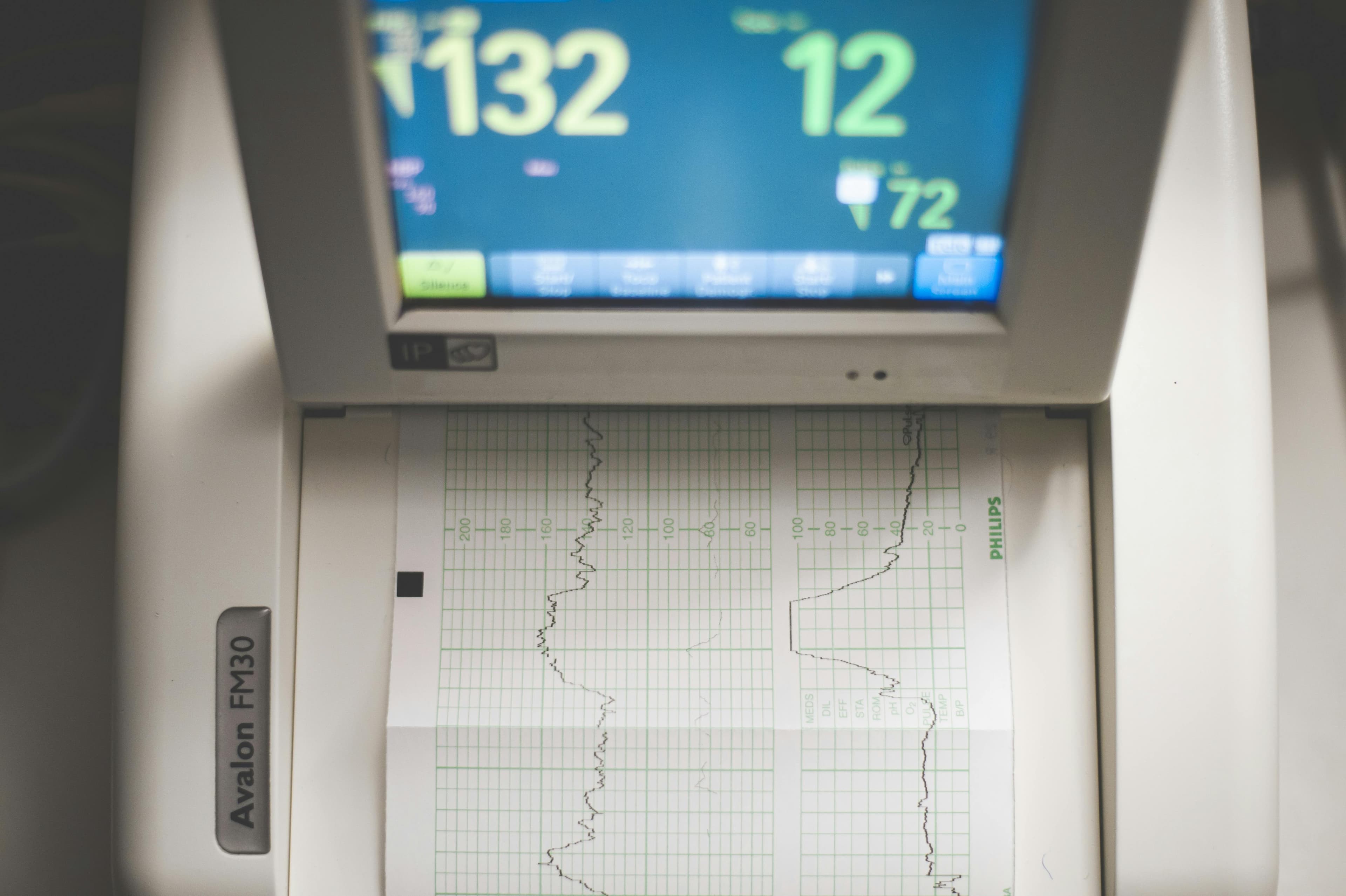Understanding Normal Sinus Rhythm with PAC: What You Need to Know
Published on January 26, 2025
Key Takeaway
Normal sinus rhythm with premature atrial contractions (PACs) is a common heart rhythm variation that can provide important insights into cardiac health and potential risks for more serious arrhythmias.
Introduction
Normal sinus rhythm (NSR) is the heart's natural pacemaker rhythm, originating from the sinoatrial (SA) node. However, when this rhythm is punctuated by premature atrial contractions (PACs), it creates a unique pattern that cardiologists refer to as 'normal sinus rhythm with PAC'. This article delves into the nuances of this rhythm, its significance, and what it might mean for your heart health.
What is Normal Sinus Rhythm?
Before we discuss PACs, it's crucial to understand normal sinus rhythm. According to Kashou et al. (2022), NSR is characterized by:
- A regular rhythm originating from the sinus node
- Constant P-P intervals on an ECG
- A heart rate typically between 60 and 100 beats per minute in adults

Understanding Premature Atrial Contractions (PACs)
Premature atrial contractions are early beats originating from the atria, outside of the normal sinus node firing. Heaton and Yandrapalli (2023) describe PACs as having the following characteristics on an ECG:
- An early P wave with a different morphology from the sinus P wave
- Normal QRS complex following the premature P wave
- A normal, short, or longer PR interval compared to sinus rhythm
Normal Sinus Rhythm with PAC: What Does It Look Like?
When PACs occur within a normal sinus rhythm, you'll see a pattern of regular sinus beats interrupted by occasional early beats. Here's what to look for:
- Predominantly regular P waves and QRS complexes
- Occasional early P waves (PACs) with a different shape
- The PAC is usually followed by a normal QRS complex
- A pause after the PAC that is typically shorter than a full compensatory pause

Clinical Significance of PACs in Normal Sinus Rhythm
While PACs are often benign, their presence and frequency can provide valuable clinical information:
- Risk Assessment: Guess et al. (2024) note that frequent PACs are associated with an increased risk of developing atrial fibrillation.
- Underlying Conditions: PACs may indicate electrolyte imbalances, hyperthyroidism, or other cardiac issues.
- Symptom Correlation: Some patients may experience palpitations or other symptoms related to PACs.
- Treatment Guidance: The frequency and impact of PACs can help guide management decisions, including whether to initiate antiarrhythmic therapy or consider ablation.
Diagnosis and Evaluation
Diagnosing normal sinus rhythm with PACs typically involves:
- 12-lead ECG: Provides a snapshot of the heart's electrical activity
- Holter Monitoring: Yang et al. (2006) used 24-hour Holter monitoring to assess PAC frequency and patterns
- Exercise Stress Testing: Can reveal how PACs behave during physical exertion
- Echocardiogram: To evaluate heart structure and function
Management and Treatment
For most people with normal sinus rhythm and occasional PACs, no specific treatment is necessary. However, management may include:
- Lifestyle modifications (e.g., reducing caffeine and alcohol intake)
- Treating underlying conditions (e.g., thyroid disorders)
- Beta-blockers or calcium channel blockers for symptom control
- In rare cases, catheter ablation for very frequent, symptomatic PACs
Conclusion
Normal sinus rhythm with PACs is a common finding that often requires no specific intervention. However, it can provide valuable insights into a patient's cardiac health and risk for future arrhythmias. By understanding this rhythm pattern, healthcare providers can better assess and manage their patients' cardiovascular well-being. If you experience persistent palpitations or other concerning symptoms, it's important to consult with a healthcare professional for proper evaluation and guidance.